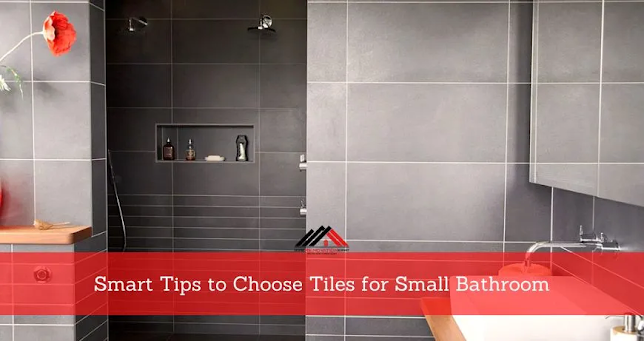Bathroom Renovation Tips for Safety and Accessibility
Renovating a bathroom is an exciting project that can add value and style to your home. However, when considering a bathroom renovation, it is important to prioritize safety and accessibility. Whether you are remodeling your bathroom for yourself or for a family member with a disability or mobility issue, there are several tips and considerations to keep in mind to ensure a safe and accessible bathroom.
Plan for adequate space
The first step in creating a safe and accessible bathroom is to plan for adequate space. The bathroom should have enough space to accommodate a wheelchair or walker if necessary. This includes wide doorways and enough clearance around the toilet, sink, and shower or bathtub.
Install grab bars
Installing grab bars in the bathroom is essential for safety and accessibility. Grab bars provide support and stability for individuals with mobility issues, and they can be installed in several locations throughout the bathroom, including next to the toilet, in the shower or bathtub, and near the sink. It is important to ensure that the grab bars are properly installed and securely anchored to the wall.
Choose slip-resistant flooring
Slip-resistant flooring is another important consideration for a safe and accessible bathroom. The bathroom can be a slippery area, especially when wet, and slip-resistant flooring can help prevent falls and injuries. There are several options for slip-resistant flooring, including textured tiles, vinyl flooring, and rubber flooring.
Install a walk-in shower
A walk-in shower is an excellent option for individuals with mobility issues or disabilities. A walk-in shower eliminates the need to step over a high bathtub wall, making it easier and safer to access the shower. Additionally, a walk-in shower can be equipped with a shower seat and grab bars for added safety and accessibility.
Consider a raised toilet seat
A raised toilet seat can be a helpful addition to a bathroom for individuals with mobility issues. A raised toilet seat makes it easier to sit down and stand up from the toilet, reducing the risk of falls and injuries. There are several types of raised toilet seats available, including those with arms and those without.
Choose the right lighting
Proper lighting is important for safety and accessibility in the bathroom. The bathroom should be well-lit, with light fixtures that provide enough brightness without creating glare or shadows. It is also important to ensure that the light switches are easily accessible and located in a convenient location.
Install a non-slip mat or decals in the bathtub or shower
In addition to slip-resistant flooring, a non-slip mat or decals can be added to the bathtub or shower for added safety. These can be easily installed and provide a non-slip surface to stand on while in the shower or bathtub.
Consider a handheld showerhead
A handheld showerhead can be a helpful addition to a bathroom for individuals with mobility issues or disabilities. A handheld showerhead allows for greater flexibility and control while showering, making it easier to reach all areas of the body. Additionally, a handheld showerhead can be used while seated on a shower seat, adding to the accessibility and safety of the shower.
Install a vanity with knee space
A vanity with knee space can be a helpful addition to a bathroom for individuals who use a wheelchair or mobility aid. A vanity with knee space provides enough clearance for the individual to access the sink while seated. Additionally, a wall-mounted sink can also provide added accessibility and safety.
Consider a motion-activated faucet
A motion-activated faucet can be a helpful addition to a bathroom for individuals with mobility issues or disabilities. A motion-activated faucet eliminates the need to turn a knob or lever, making it easier to access the sink. Additionally, a motion-activated faucet can help prevent the spread of germs and bacteria.
Conclusion
When planning a bathroom renovation, it is important to prioritize safety and accessibility. There are several considerations to keep in mind, including adequate space, grab bars, slip-resistant flooring, a walk-in shower, a raised toilet seat, proper lighting, non-slip mats or decals, a handheld showerhead, a vanity with knee space, and a motion-activated faucet. By incorporating these elements into your bathroom renovation, you can create a safe and accessible space that meets the needs of everyone in your household, including those with mobility issues or disabilities. With careful planning and attention to detail, your bathroom renovation can be both stylish and functional, providing a comfortable and safe space for years to come.




Comments
Post a Comment